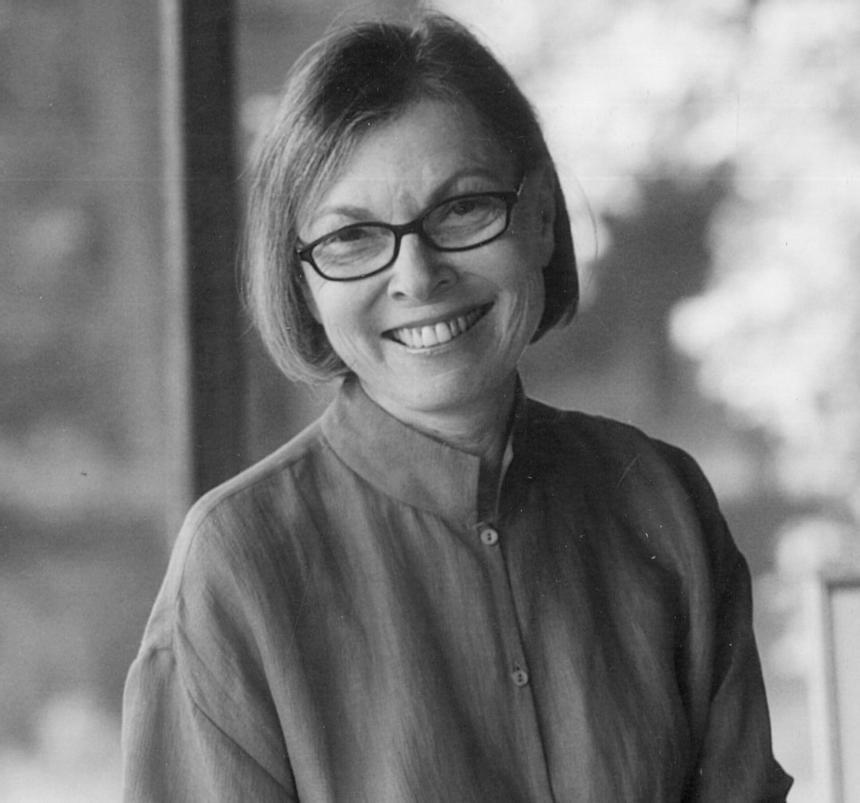Still Pictures: On Photography and Memory
Janet Malcolm
For decades, Janet Malcolm’s books and dispatches for the New Yorker and the New York Review of Books poked and prodded at reportorial and biographical convention, gesturing towards the artifice that underpins both public and private selves. In Still Pictures, she turns her gimlet eye on her own life.
Beginning with the image of a morose young girl on her way from Prague to New York in 1939, to fitful early loves and her fascination with what it might mean to be a ‘bad girl’, Malcolm assembles a composite portrait of a New York childhood, one that never escapes the tug of Europe and the mysteries of fate and family. Later, she delves into the world of William Shawn’s New Yorker and the infamous libel trial that saw her become a character in her own drama.
Written with Malcolm’s peerless skill and sharp wit, this memoir from a titan of American letters is unlike any other.
INTERVIEWS and RETURNS
ABC Radio National: The Bookshelf (0:47:00)
Atlantic
Conversation
Guardian
Inside Story
LitHub
Monthly (extract)
New Republic
New York Times
RNZ: Nine to Noon
Saturday Paper
Sydney Morning Herald
West Australian
andStill Pictures
‘Superb…[The] final, splendid, most personal work of her long career.’
‘These [Still Pictures] essays are a radical departure from everything else Malcolm wrote over the course of her career: they concern people, places, and items that populated her younger life…She used her journalistic work to explore her own mind, especially some of its more submerged corners…She knew better than most that the only thing scarier than writing about oneself is letting someone else wrest control of the narrative.’
‘Malcolm subverts the traditional memoir by telling her story around a series of photographs. The “reluctant autobiographer” turns out to be a skilled scrapbook artist.’
‘From the moment you open it, the book does not present itself as a conventional memoir…Most autobiography assumes a proximity, an easy intimacy with the past, an unbroken flow. This one argues instead that memories must be fought for, interrogated, uncovered…In some sense Malcolm’s book is the last argument in her career-long project to question the production of official stories, to reveal and illuminate the million vanities, exaggerations, character flaws that feed into their creation: the human error.’
‘Touching…What leavens Still Pictures throughout is Czech humour that, in its irreverence and intolerance for pomposity, is similar to Australian wit.’
‘Quietly brilliant, beautifully meandering…A profound and transformative intervention in the field of life writing and literature generally…This book, the mature work of a writer at the end of her life but at the height of her understanding, is essentially a paean to what goes unremembered. It’s a reading experience I won’t readily forget.’
‘Highly evocative.’
‘An apt and fascinating coda to a celebrated and provocative life’s work.’
‘Selective postcards of asperity and wisdom… Its jumbled cast…are so wonderfully and lucidly sketched—a lost world to be found in their manners, their clothes, their furniture (a covered pewter bowl is a novel in itself). Even as Malcolm insists that the past issues no visas, she slips smoothly over the border, lost papers only spurring her on.’
‘Lean, clear and powerful…[Malcolm] is very honest.’
‘A testament to those attributes Malcolm most admired (and relied on her journalistic subjects to lack): dignity, discretion, craft, and control. In its guardedness, its respect for privacy, its disinterest in demythologizing, its tenderness and even credulity, Still Pictures makes explicit a muted moral provocation running through Malcolm’s books: that we are all essentially false Pharisees, serial violators of the Golden Rule, constantly claiming exemptions, forbearance, and reprieves for ourselves (and those whom we love) that we would never permit to others.’
‘Malcolm has found a way to make the biographical humble, in the best sense of that word, allowing nuance, uncertainty, and association, not conviction, to drive her telling of human lives…Malcolm’s writing leaves nowhere to hide, yet her subjects—even at their worst—are held in her profoundly humanistic gaze, as still as a picture.’







